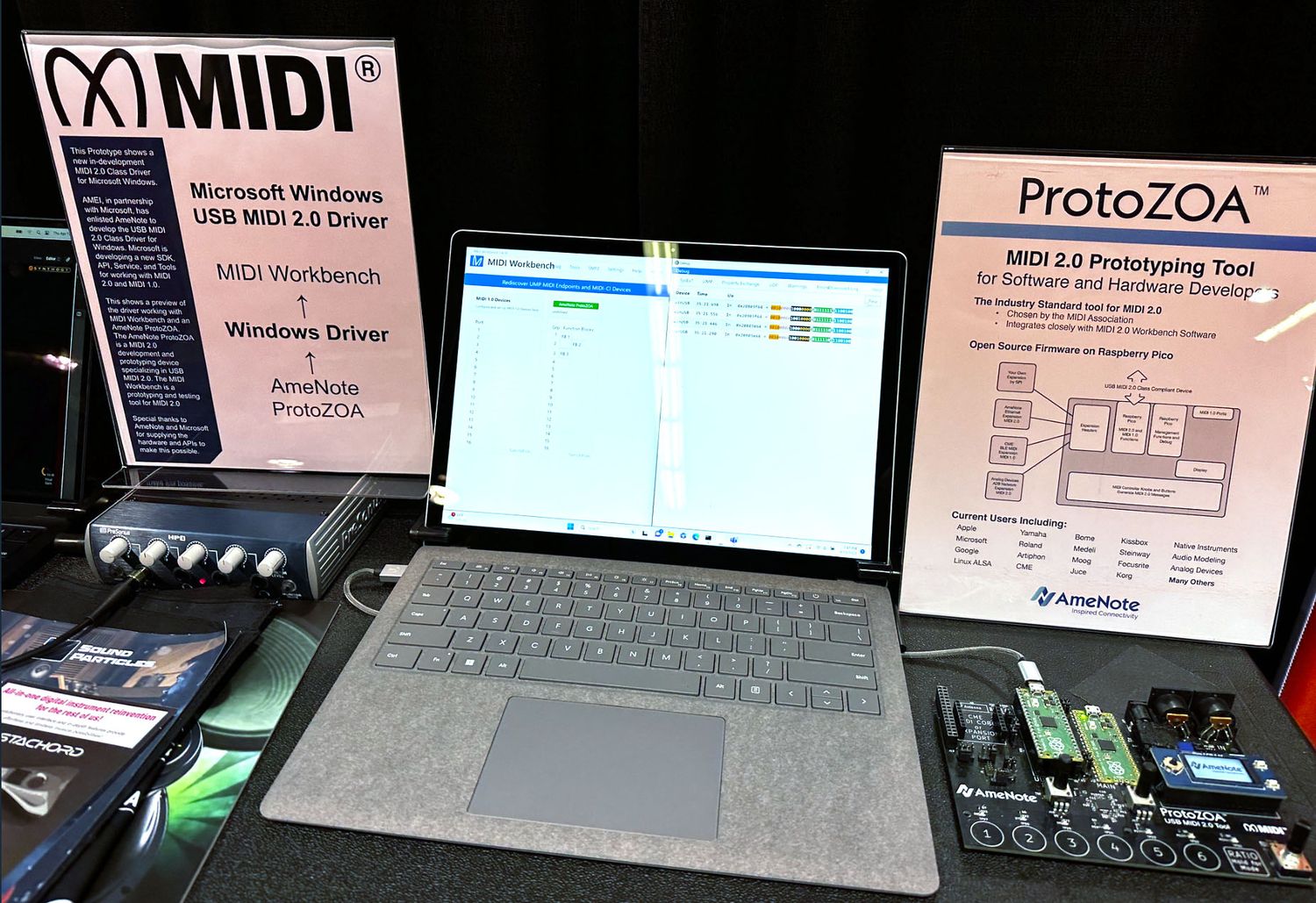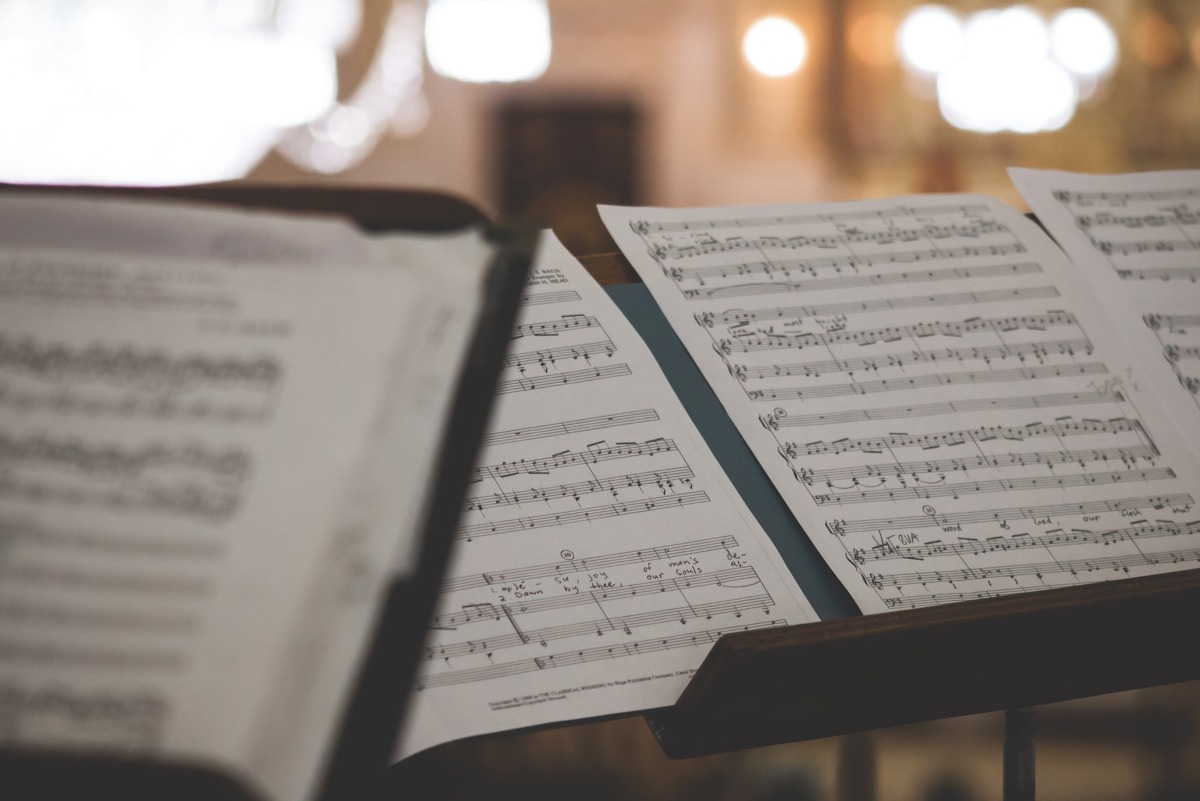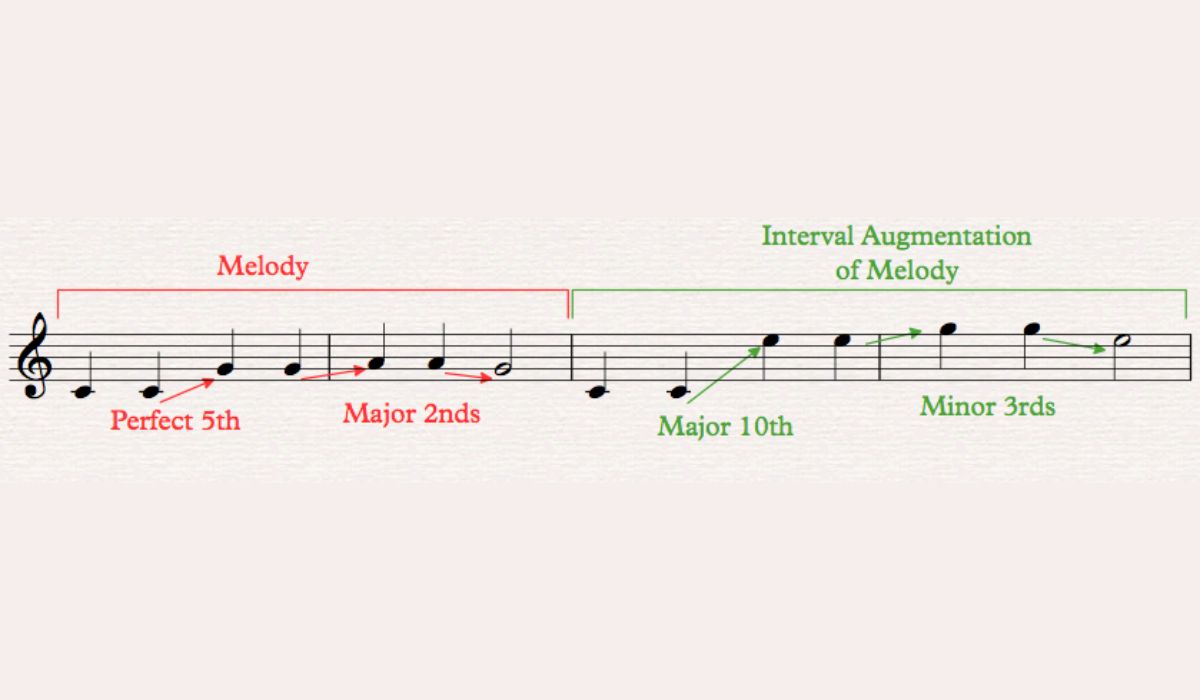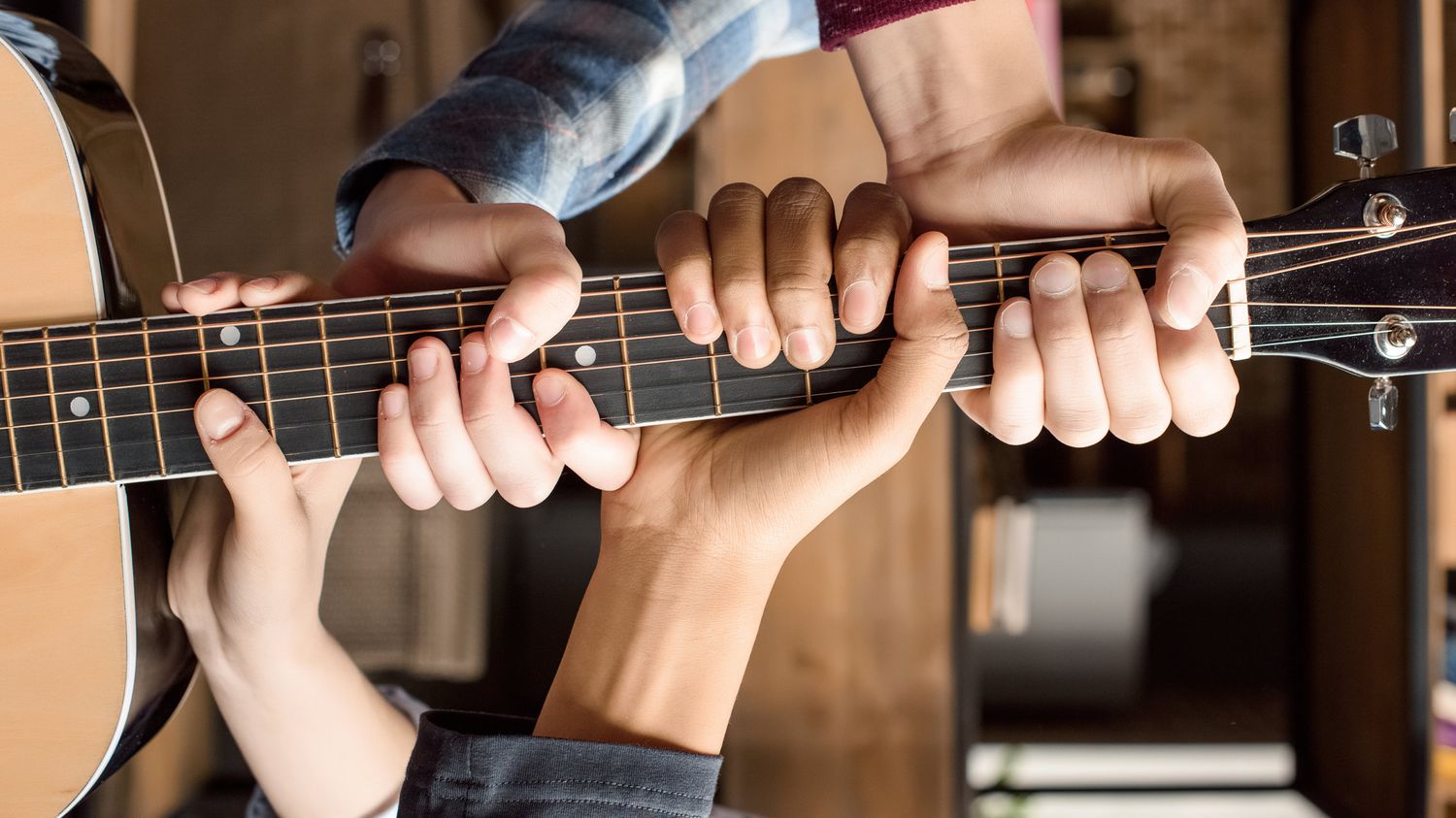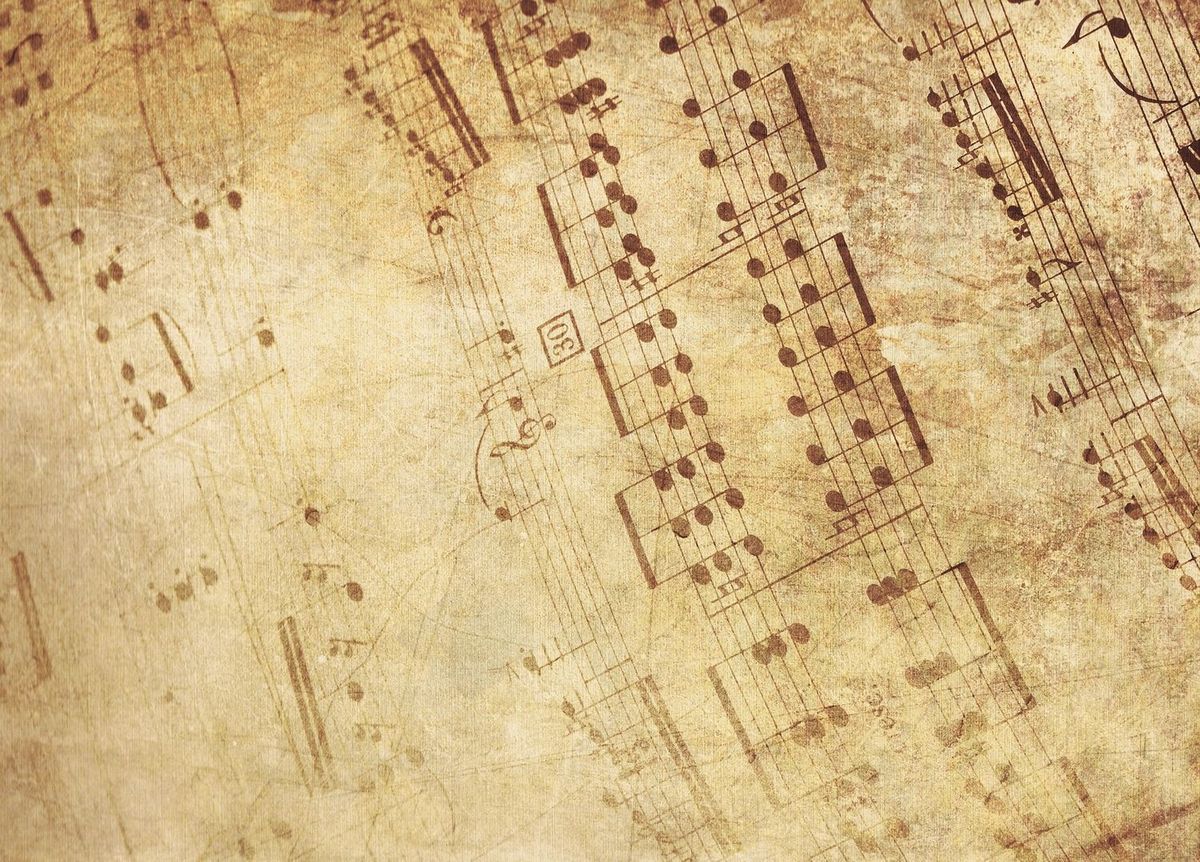Home>Production & Technology>Music Theory>How To Be Successful At Error Detection Music Theory
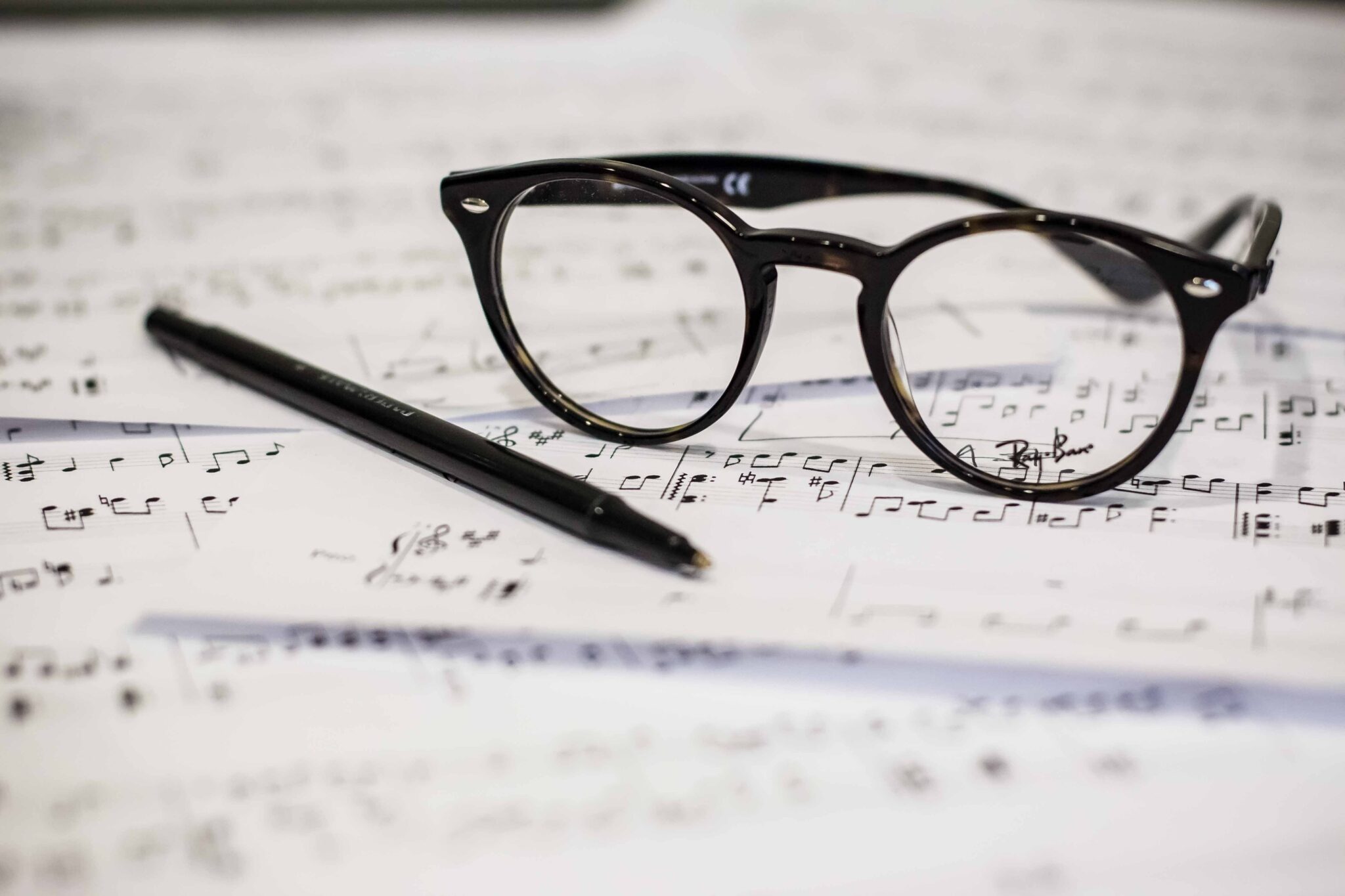

Music Theory
How To Be Successful At Error Detection Music Theory
Published: January 29, 2024
Learn how to master error detection in music theory and achieve success in your studies. Enhance your understanding of music theory with expert techniques and guidance.
(Many of the links in this article redirect to a specific reviewed product. Your purchase of these products through affiliate links helps to generate commission for AudioLover.com, at no extra cost. Learn more)
Table of Contents
- Introduction
- Importance of Error Detection in Music Theory
- Developing a Strong Musical Ear
- Understanding Common Errors in Music Theory
- Tips and Techniques for Effective Error Detection
- Practicing Error Detection in Music Theory Exercises
- Utilizing Technology and Resources for Error Detection
- Common Challenges in Error Detection and How to Overcome Them
- Benefits of Being Successful at Error Detection in Music Theory
- Conclusion
Introduction
Welcome to the exciting world of music theory! Whether you are a budding composer, an aspiring musician, or just someone with a passion for music, understanding the fundamentals of music theory is essential. Among the many aspects of music theory, one area that often gets overlooked but is highly significant is error detection.
Error detection in music theory refers to the ability to identify and correct mistakes in musical compositions or performances. It involves listening carefully, analyzing the notes and rhythms, and identifying any discrepancies or inaccuracies. It is a skill that not only helps musicians improve their craftsmanship but also enhances their overall musicality.
Developing proficiency in error detection requires a strong musical ear, a deep understanding of music theory concepts, and consistent practice. It is a skill that can be learned and honed over time, and it plays a crucial role in the journey towards musical excellence.
In this article, we will explore the importance of error detection in music theory, share valuable tips and techniques to help you become more effective in detecting errors, and discuss common challenges faced in this process. So, let’s jump in and discover how to be successful at error detection in music theory!
Importance of Error Detection in Music Theory
Error detection is a fundamental skill that holds immense importance in the world of music theory. It serves as a critical tool for musicians, composers, and music educators alike. Here are a few reasons why error detection is so crucial:
- Ensures Accuracy: Error detection allows musicians to identify and rectify mistakes in their compositions or performances. It ensures accuracy in playing notes, rhythms, dynamics, and other musical elements. By paying attention to details and actively listening, musicians can achieve greater precision and deliver flawless performances.
- Enhances Musicality: Error detection is not just about finding mistakes; it also helps musicians develop a keen sense of musicality. Through the process of analyzing and correcting errors, musicians gain a deeper understanding of musical structures, phrasing, and dynamics. This, in turn, enhances their ability to express emotions and convey musical ideas effectively.
- Promotes Growth: Error detection acts as a catalyst for growth and improvement. By identifying and resolving errors, musicians can address weaknesses in their playing or composition skills. It allows them to refine their techniques, expand their musical vocabulary, and push the boundaries of their musical abilities.
- Fosters Collaboration: In collaborative settings, such as bands, orchestras, or choirs, error detection becomes even more vital. It enables musicians to communicate and work together to achieve a unified and harmonious performance. By detecting and addressing errors collectively, musicians can create cohesive and impactful musical experiences.
- Prevents Misinterpretation: Error detection is essential for accurately interpreting and performing notated music. By detecting errors in notation or understanding, musicians can ensure faithful representation of the composer’s intentions. This helps in delivering authentic and true-to-the-original renditions of musical compositions.
In summary, error detection plays a pivotal role in the development and growth of musicians. By focusing on accuracy, fostering musicality, promoting growth, fostering collaboration, and preventing misinterpretation, error detection empowers musicians to produce exceptional performances, compositions, and interpretations of music. It is an essential skill that enables musicians to achieve excellence and connect deeply with the essence of music.
Developing a Strong Musical Ear
A strong musical ear is the foundation for effective error detection in music theory. It allows musicians to perceive and interpret sounds accurately, enabling them to identify errors and inconsistencies in their compositions or performances. Here are some strategies to help you develop a strong musical ear:
- Active Listening: Engage in active listening by focusing your attention on the various elements of music such as melody, harmony, rhythm, and dynamics. Train yourself to hear and differentiate between different notes, chords, and rhythms. This will help you develop a sharper perception of sound and improve your ability to detect errors.
- Ear Training Exercises: Practice ear training exercises regularly to strengthen your musical ear. This can include activities such as identifying intervals, chords, scales, and melodies by ear. These exercises will improve your ability to recognize and reproduce musical elements accurately.
- Transcribing Music: Transcribe music by listening to recordings and notating them in music notation software or on paper. This process requires careful listening and attention to detail, as you strive to capture each note and rhythm accurately. Transcribing music helps develop your listening skills and exposes you to different musical styles and techniques.
- Singing and Vocal Training: Singing is a powerful tool to develop your musical ear. By singing melodies, harmonies, and intervals, you train your ear to recognize and reproduce pitches accurately. Vocal training exercises, such as solfege or sight singing, can be particularly helpful in refining your ability to hear and reproduce musical elements.
- Playing by Ear: Challenge yourself to play melodies, chord progressions, or songs by ear without relying on sheet music. This exercise strengthens your ability to listen attentively and accurately reproduce what you hear. It also enhances your understanding of how melodies and harmonies work together.
Remember, developing a strong musical ear takes time and consistent effort. Incorporate these strategies into your practice routine and be patient with yourself. Over time, you will notice a significant improvement in your ability to detect errors and nuances in music, allowing you to excel in error detection within music theory.
Understanding Common Errors in Music Theory
When it comes to error detection in music theory, it is essential to be aware of the common mistakes that musicians often encounter. By understanding these errors, you can train your ear to recognize them more effectively. Here are some common errors in music theory:
- Incorrect Intervals: Intervals are the distances between two pitches. Errors in identifying and reproducing intervals can lead to inaccurate melodies and harmonies. For example, mistaking a major third for a minor third can significantly impact the overall tonality of a piece.
- Rhythm Discrepancies: Rhythm is a fundamental element of music, and errors in rhythmic accuracy can disrupt the flow and coherence of a composition. Common rhythm errors include adding or omitting beats, playing notes with incorrect durations, or misinterpreting the subdivisions of a beat.
- Wrong Key Signatures: Key signatures determine the tonal center of a piece and the notes to be used throughout the composition. Errors in identifying key signatures can result in playing incorrect pitches and harmonies. Mistakenly playing in the wrong key can cause dissonance and a lack of cohesion in the music.
- Improper Chord Progressions: Chord progressions provide the harmonic framework for a piece of music. Errors in constructing chord progressions can lead to dissonant or unresolved harmonies. It is important to understand the principles of chord progressions and ensure their proper implementation to maintain the desired tonal and emotional qualities of the music.
- Inaccurate Notation: Errors in notating or reading sheet music can result in misinterpretations and incorrect performances. This may include errors in pitch, rhythm, dynamics, or articulation markings. It is crucial to develop the skills to accurately read and notate music to avoid these common errors.
By familiarizing yourself with these common errors, you can train your ear to detect them and avoid making them in your own compositions or performances. Actively listening, analyzing, and practicing with a focus on these specific areas can significantly enhance your ability to identify and correct these errors, leading to more accurate and polished musical results.
Tips and Techniques for Effective Error Detection
Effective error detection in music theory requires a combination of techniques and strategies. Here are some tips to help you become more proficient in detecting errors:
- Develop a Strong Foundation: Build a solid understanding of music theory fundamentals, including key signatures, scales, intervals, chords, and rhythm. This knowledge will provide a framework for identifying errors and inconsistencies in your compositions or performances.
- Practice Active Listening: Cultivate your listening skills by actively engaging with the music. Pay attention to details such as pitch, rhythm, dynamics, and articulation. Train your ear to differentiate between different elements and identify any discrepancies or errors.
- Break It Down: Break down a piece of music into smaller sections or segments. This allows you to focus on specific passages and analyze them more effectively. By isolating smaller sections, you can identify errors or inconsistencies more easily and address them individually.
- Compare to Reference Recordings: Listen to professional recordings or performances of the music you are studying. Use these recordings as a reference to compare your own interpretations and identify any discrepancies. This technique can help you identify errors and guide you towards more accurate and authentic performances.
- Utilize Visual Aids: Use visual aids such as sheet music, staff notation, or chord diagrams to support your error detection process. Visual cues can enhance your understanding of the music and help you identify errors in notation or fingerings.
- Record and Analyze: Utilize modern technology to record your performances or compositions. Listen back to these recordings and critically analyze them. This allows you to have a more objective perspective and identify errors that may have gone unnoticed in real-time.
- Seek Feedback: Collaborate with other musicians or teachers and ask for feedback on your compositions or performances. An outside perspective can provide valuable insights and help you identify errors that you may have missed.
- Stay Consistent with Practice: Regular practice is key to improving your error detection skills. Incorporate dedicated practice sessions focused on error detection into your routine. Consistency and repetition will train your ear to be more attuned to errors and improve your overall proficiency.
Remember, error detection is a skill that develops over time with practice and experience. By implementing these tips and techniques, you can sharpen your ability to identify errors, leading to more accurate and refined performances in music theory.
Practicing Error Detection in Music Theory Exercises
Practicing specific exercises designed to improve error detection skills in music theory can greatly enhance your ability to identify and correct errors. Here are some exercises you can incorporate into your practice routine:
- Interval Identification: Practice identifying intervals by ear. Start with simple intervals like the perfect fifth or major third, and gradually progress to more challenging intervals. Train your ear to recognize the qualities and distances between pitches accurately.
- Rhythm Dictation: Listen to rhythmic patterns and notate them accurately. Start with simple rhythms and gradually increase the complexity. This exercise improves your ability to listen and transcribe rhythms accurately, enabling you to detect errors in rhythmic performances.
- Harmonic Analysis: Analyze harmonic progressions in compositions by identifying the chords being used. Practice recognizing the functional relationships between chords, such as tonic, dominant, and subdominant. This exercise helps you identify errors in harmonic progressions and better understand how chords work together.
- Improvisation with Patterns: Improvise melodies or harmonic progressions using specific patterns or scales. This exercise challenges your ability to recognize errors and inconsistencies in real-time improvisation. It also improves your overall understanding of musical patterns and relationships.
- Compare Recordings: Take a piece of sheet music and listen to multiple recordings of the same composition. Compare different interpretations and performances, and identify any discrepancies or errors. This exercise trains your ear to identify subtle differences and helps you develop a discerning ear for error detection.
- Error Spotting: Using music scores or compositions, intentionally introduce errors or inconsistencies. Play through the piece and identify the errors you have inserted. This exercise helps sharpen your ability to detect errors in your own compositions or performances and improves your attention to detail.
- Sight-Reading: Practice sight-reading exercises to improve your ability to read and play music accurately in real-time. As you sight-read, be mindful of errors in pitch, rhythm, and other musical elements. This exercise challenges your ability to detect errors quickly and make corrections on the spot.
- Ear Training Apps and Software: Take advantage of technology by using ear training apps or software. These tools offer a variety of interactive exercises and games that specifically target error detection skills. Incorporate these tools into your practice routine to make learning and improving your ear more enjoyable and engaging.
Consistently practicing these exercises will strengthen your error detection skills in music theory. As you become more adept at identifying errors, you will develop a more refined ear and a heightened level of musical awareness.
Utilizing Technology and Resources for Error Detection
In today’s digital age, technology provides a wealth of resources to aid in error detection in music theory. Here are some ways you can leverage technology to enhance your error detection skills:
- Music Theory Apps: There are numerous apps available that offer interactive music theory lessons, ear training exercises, and error detection drills. These apps provide a convenient and accessible way to practice error detection on the go, allowing you to improve your skills anytime, anywhere.
- Online Courses and Tutorials: Explore online platforms offering music theory courses and tutorials. These resources often include lessons and exercises specifically designed to develop your ear and improve error detection abilities. Take advantage of these comprehensive resources to supplement your learning and practice.
- Ear Training Software: Utilize ear training software that provides a structured learning approach to develop your listening skills. These programs often offer exercises for interval recognition, chord identification, sight-singing, and more. Through guided practice and feedback, you can strengthen your ability to detect errors in music theory.
- Virtual Instruments and Recording Software: Use virtual instruments and recording software to create and playback compositions. By listening to your compositions through high-quality virtual instruments or recorded performances, you can more effectively identify any errors or inconsistencies in your music.
- Music Notation Software: Music notation software allows you to notate and playback compositions digitally. As you listen to the playback, you can carefully review the notation for errors in pitch, rhythm, and other musical elements. Correcting these errors in the software helps you develop a more accurate representation of your compositions.
- Online Communities and Forums: Join online music communities and forums to connect with other musicians and music enthusiasts. Engaging in discussions and exchanging feedback can provide valuable insights into error detection and help you discover new exercises, techniques, or resources to improve your skills.
- Video Tutorials and Performances: Online platforms such as YouTube offer a vast library of video tutorials and performances by professional musicians. Watch tutorials that focus on error detection or performances of compositions you are studying. Analyzing these videos can enhance your ability to recognize errors and refine your interpretation of the music.
- Collaborative Tools: Utilize collaborative tools that allow you to share and receive feedback on your compositions. Online platforms and software enable you to collaborate with other musicians, whether for error detection, composition refinement, or performance critique.
By leveraging technology and online resources, you can access a wide range of tools and materials to support your error detection journey in music theory. Take advantage of these resources to supplement your learning, practice effectively, and enhance your overall musicality.
Common Challenges in Error Detection and How to Overcome Them
While error detection in music theory is a valuable skill, it can also present certain challenges. Here are some common challenges that musicians may face in error detection, along with strategies to overcome them:
- Ear Fatigue: Prolonged listening and focusing on intricate details can lead to ear fatigue, making it difficult to detect errors accurately. To overcome this, take regular breaks during practice sessions, switch between different exercises or musical pieces, and listen to a variety of music genres to keep your ears fresh and engaged.
- Subjectivity: Error detection can be subjective at times, as different musicians may have varying interpretations and preferences. To overcome this challenge, seek feedback from trusted mentors or peers who can provide objective opinions. Additionally, refer to authoritative sources such as music theory textbooks or renowned recordings to gain a deeper understanding of musical conventions and standards.
- Overlooking Contextual Factors: Errors can sometimes be influenced by the context in which music is being performed or composed. It is important to consider factors such as musical style, genre, historical period, and intended emotional expression. Understanding the context allows you to make more informed judgments when detecting errors and applying appropriate corrective measures.
- Selective Listening: Selective listening occurs when musicians unintentionally focus on certain elements of music while disregarding others. This can lead to missing errors in less prominent aspects of a performance or composition. To combat selective listening, practice active and attentive listening by consciously directing your attention to different musical elements and consciously analyzing each one.
- Technical Limitations: Technical limitations, such as limited knowledge of music theory or poor instrumental technique, can hinder error detection. To overcome this, dedicate time to study music theory concepts, seek guidance from experienced musicians or teachers, and consistently work on improving your instrumental or vocal skills. The more proficient you become, the better equipped you will be to detect errors accurately.
- Lack of Confidence: Lack of confidence can undermine your ability to trust your own judgment in error detection. To build confidence, practice regularly and gradually challenge yourself with more complex musical pieces or exercises. Seek validation from knowledgeable mentors, participate in performances or competitions, and celebrate your successes along the way. Confidence will bolster your ability to detect errors effectively.
- Impatience: Error detection can be a meticulous process that requires patience and perseverance. It is important to remain patient and avoid rushing through exercises or compositions. Take your time to carefully listen, analyze, and verify your findings. Cultivating patience will allow you to detect errors more accurately and make more informed decisions on how to correct them.
By recognizing and addressing these common challenges, you can overcome obstacles and improve your error detection skills. Remember that error detection is a continual learning process, and with dedication and focus, you can continue to refine and develop your ability to detect errors in music theory.
Benefits of Being Successful at Error Detection in Music Theory
Being successful at error detection in music theory offers a plethora of benefits for musicians, composers, and music educators. Here are some key advantages of honing your error detection skills:
- Enhanced Accuracy: Error detection allows you to identify and correct mistakes in your compositions or performances, leading to a higher level of accuracy. By paying attention to details and actively listening, you can produce more precise and polished music.
- Improved Musicality: Error detection fosters a deeper understanding of musical structures, phrasing, dynamics, and emotional expression. By identifying and addressing errors, you can refine your musicality and communicate your artistic vision more effectively.
- Heightened Sensitivity to Detail: Developing strong error detection skills sharpens your attention to detail. It enables you to notice even the smallest discrepancies in pitch, rhythm, or notation, thus ensuring meticulousness in your performances and compositions.
- Efficient Practice: Error detection allows you to identify specific areas of weakness that require focused practice. With this knowledge, you can optimize your practice sessions by targeting those areas, leading to more efficient skill development and improvement.
- Effective Communication and Collaboration: Error detection is essential for effective communication and collaboration with other musicians. By being able to identify errors and provide constructive feedback, you can contribute to a harmonious and cohesive musical experience within ensembles or collaborative projects.
- Expanded Repertoire: Through error detection, you can explore a wider range of musical genres, styles, and compositions. By detecting errors and understanding the unique characteristics of different types of music, you can expand your repertoire and perform a diverse array of music with accuracy and authenticity.
- Professionalism and Confidence: Being successful at error detection builds professionalism and confidence in your musical abilities. The ability to detect and correct errors demonstrates your commitment to excellence, which is highly valued in both performance and compositional contexts.
- Musical Interpretation: By detecting errors, you gain a deeper understanding of the composer’s intentions and can make informed decisions about musical interpretation. This empowers you to bring out the true essence of a musical piece and convey the intended emotions and messages to the audience.
Ultimately, being successful at error detection in music theory elevates the quality of your musical performances, compositions, and collaborations. It enables you to communicate your artistic vision accurately and connect deeply with both the music and the audience. Building strong error detection skills is an investment in your musical growth and can open doors to opportunities for personal and professional fulfillment in the world of music.
Conclusion
Error detection in music theory is a valuable skill that enhances the accuracy, musicality, and overall quality of your compositions and performances. By developing a strong musical ear and understanding common errors in music theory, you can effectively identify and correct mistakes. Through consistent practice, utilization of technology, and active listening, you can refine your error detection skills and become more proficient in recognizing discrepancies in pitch, rhythm, harmony, and notation.
While error detection may present challenges such as subjectivity, ear fatigue, and technical limitations, these obstacles can be overcome through patience, seeking feedback, and leveraging resources available through online platforms, ear training software, and collaborative tools. By addressing these challenges and focusing on the benefits of error detection, such as enhanced accuracy, improved musicality, and efficient practice, you can elevate your musicianship to new heights.
Being successful at error detection fosters professionalism, boosts confidence, and enables effective communication and collaboration with other musicians. It allows you to expand your repertoire, explore different musical genres, and deepen your understanding of musical structures and expressions.
In conclusion, error detection in music theory is a vital skill that empowers you to achieve excellence in your musical journey. Embrace the process of developing your ear and honing your error detection skills through focused practice, active listening, and a commitment to continuous improvement. By nurturing your ability to identify and correct errors, you can create music that is accurate, expressive, and captivating, captivating audiences and leaving a lasting impact.



